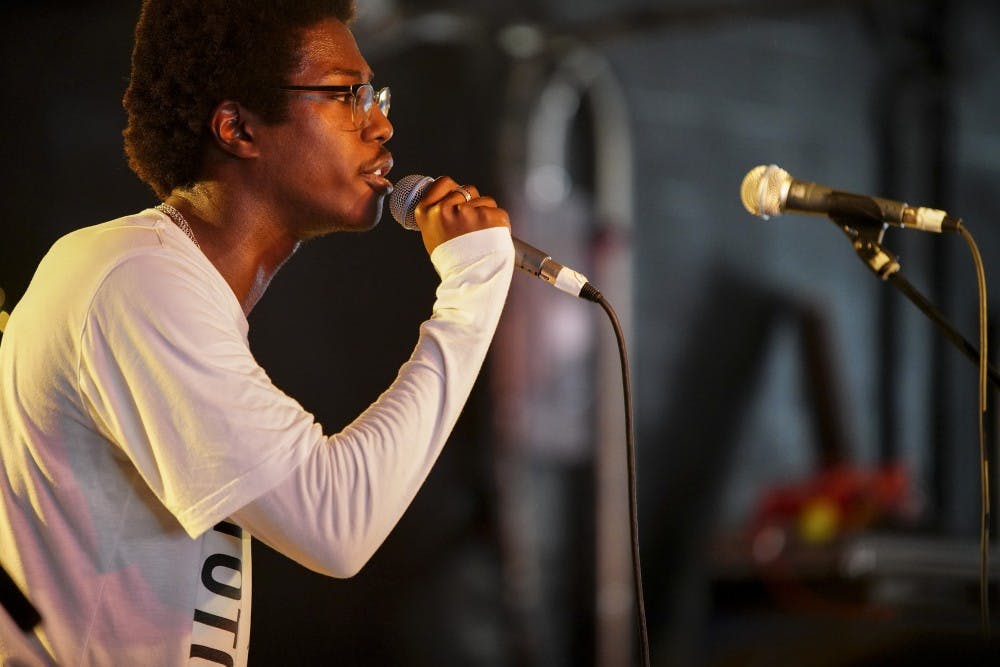Indie. It is the term attached to music outside the conventions of commercial or mainstream trends.
It’s thrown around so often that in fact, it’s not uncommon to hear “indie” referred to as a genre for pop and rock that “sounds weird.” This might sound like a nit-picky rant, but the hackneyed use of the term does bring about issues, especially when it comes to promoting independent artists who aren’t producing music categorized as rock or pop.
Independent artists who don’t fit the expectations of the “indie genre” can paradoxically have trouble finding an alternative venue to promote their music. Nonetheless, in the era of Soundcloud and a plethora of independently recorded hip-hop and rhythm and blues, the use of the term indie to describe a set of sounds and an entire genre can alienate these independent artists.
When the term “indie” first arose in the United Kingdom in the late 1970s, it was interchangeable with alternative rock. When the UK Indie Chart was first compiled in 1980, it showed how groups coming out of UK alternative rock labels such as Rough Trade, Cherry Red and Glass were performing against each other.
Independently-released music not on these major UK alternative rock labels were in turn not being represented in these charts. Anything that was not alternative rock was essentially excluded.
Since alt-rock soundscapes were the only ones represented, they came to define what “indie music” should sound like. These conventions carried over to the United States, stuck during the '80s hardcore punk and '90s grunge explosion, and has stuck around to this day.
Early indie labels focused on recording specific genres of music that are now neglected by the term. There was Chicago’s Vee Jay Records that focused on R&B, and Stax Records out of Memphis, Tennessee that released Southern soul and funk.
Likewise, independent labels that solely focus on alternative hip-hop and R&B exist today. Mass Appeal Records, Stones Throw Records and Flying Lotus’ label Brainfeeder are just a handful of independent, underground hip-hop and R&B labels providing a platform for independent artists in other genres.
There is an ironic paradox in the world of independent labels. There is such thing as “major” independent labels. The largest independent labels in the United States, such as Sub Pop and Matador, features little to no hip-hop and R&B artists.
Some major U.S. indie labels are taking action to break down the understanding of how indie music should sound.
One label excelling in this is Bloomington-based Secretly Group, which is home to the music labels Secretly Canadian, Jagjaguwar, Dead Oceans and Numero Group. Since the 2010s, each of these labels have represented an impressive amount of artists on their rosters who do not play conventional indie rock.
For example, artists from unconventional indie genres such as Moses Sumney, Jamila Woods and serpentwithfeet have received critical acclaim after signing onto labels under the Secretly Group family.
There is nothing inherently wrong with describing an artist as an independent artist, but describing a sound itself as indie when independent music covers a variety of different genres creates a high barrier of entry and specific conventions for how an independent artist should sound.
Independent music enthusiasts pride “indie music” for the unconstrained creativity and artistic freedom available to the artists, but this creativity and freedom can only go so far when alternative rock and alternative pop are the only genres granted visibility.




